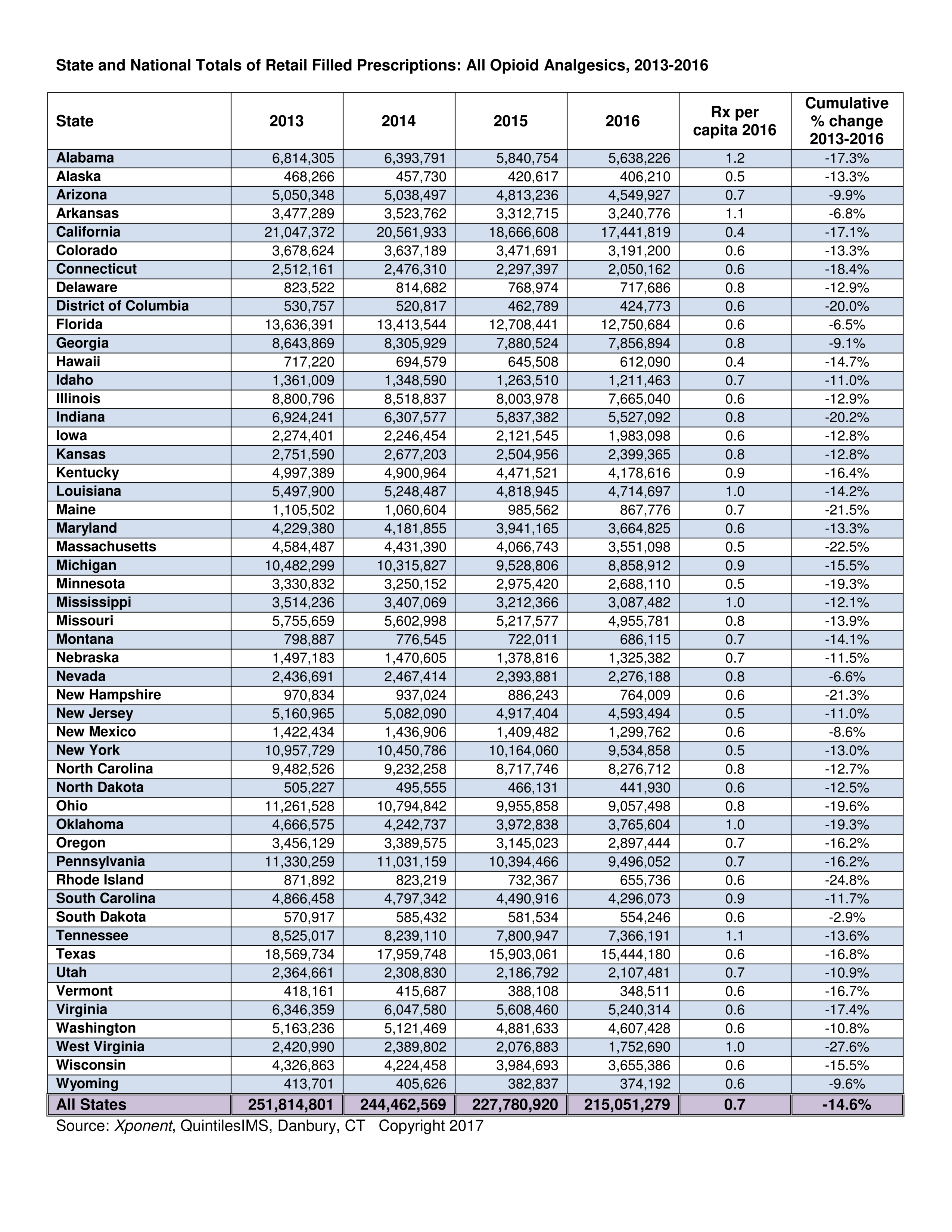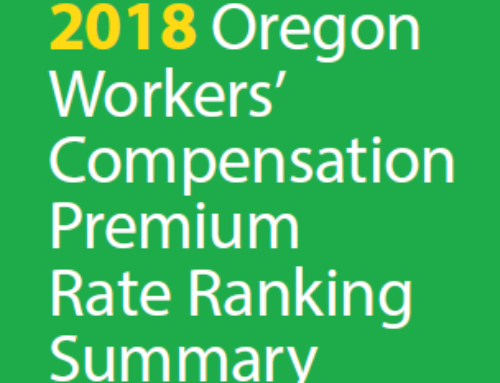Over the last few years there has been steadily increasing concern over the abuse of legal opioids such as Oxycodone as well as illegal drugs such as heroin and, most recently, fentanyl. In some ways, competing policies have brought us to the present situation. On the one hand, the Centers for Medicare and Medicaid Services (CMS) have encouraged doctors and hospitals to insure that “pain” is properly treated while other government agencies have warned consistently about the abuse of opioids. The Affordable Care Act (Obamacare) instructs hospital doctors to survey whether a patient’s pain was properly addressed, but for those struggling “…to contain the nation’s opioid crisis, tying a patient’s feelings about pain management to a hospital’s bottom line is deeply misguided – if not downright dangerous.” See The Obamacare Quirk that is Fueling the Opioid Epidemic, Time Magazine, April 25, 2016 (19-20).
While the opioid crisis is real, political responses, as often is the case, tend to occur after the crisis has been addressed. In this case, opioid prescriptions have declined in each of the past three years as doctors (not politicians) have responded to the problem of opioid abuse. This was the first sustained decline since OxyContin hit the market in 1996. See “Opioid Prescriptions Drop for the First Time in Two Decades” (New York Times, May 20, 2016).
Shown below is a state by state chart outlining the drop in opioid prescriptions from 2013 through 2016. Despite this decline in prescription opioids, the number of overdose deaths continues to increase in alarming proportions. This has resulted in legislative responses and the control of opioids has been health issue #1 in many states’ legislatures.
Some legislative initiatives will prove counterproductive. For example, in many states, bills have been introduced to restrict doctors from prescribing opioids for periods of time longer than three or seven days. The intent of such bills is to have a doctor regularly observe the effects of the opioid on his or her patient. The practical effect of such bills is probably quite different. The patient may be less interested in weekly return visits to his or her doctor and seek “street” alternatives such as heroin or fentanyl. It appears that the dramatic spike in overdose deaths is coming from “street” drugs like heroin and particularly the newest entry, fentanyl.
On Thursday, March 16, 2017, the United Nations Commission placed new regulatory controls on the chemicals used to make illegal batches of fentanyl. The vote was unanimous and countries will be required to monitor the export of the chemicals, known by their acronyms, NPP and ANNP, and report their export to recipient companies. Two fentanyl like compounds ‒ U-47700 and butyrfentanyl ‒ were also added to the controlled narcotics list. (See Jeanne Whalen in Wall Street Journal, March 16)
Fentanyl has similar euphoric effects to heroin but is 50 times more potent and easier and cheaper to produce. The dramatic increase in opioid deaths is related to the mixture of fentanyl with heroin, often times unknown to the user. The Wall Street Journal has previously reported that these chemicals were being churned out by illicit labs or being sent by Chinese firms to Mexico where the fentanyl is manufactured.
The more creative and effective legislative initiatives are multi-disciplinary and require an investment of time and money. See, PRI’s Chair Gene Ransom’s thoughtful article http://centermaryland.com/index.php?option=com_easyblog&view=entry&id=1623&Itemid=286 describing legislative initiatives that do effectively address the opioid overdose epidemic.
In 2017, the Maryland Legislature decided to pursue the comprehensive legislation outlined in Gene’s article and not to enact “knee jerk” limitations on a doctor’s ability to prescribe or dispense medicines. Legislators have little comprehension of the medical needs of individual patients.
There are any number of legislative responses which are appropriate with respect to the opioid and heroin/fentanyl problems that the nation is currently facing. A number of sensible legislative initiatives are outlined in Model Legislation.

1211 Cathedral Street, Baltimore, Maryland 21201 – Call Our Offices – 443.449.2287
1211 Cathedral Street, Baltimore, Maryland 21201 – Call Our Offices – 443.449.2287



